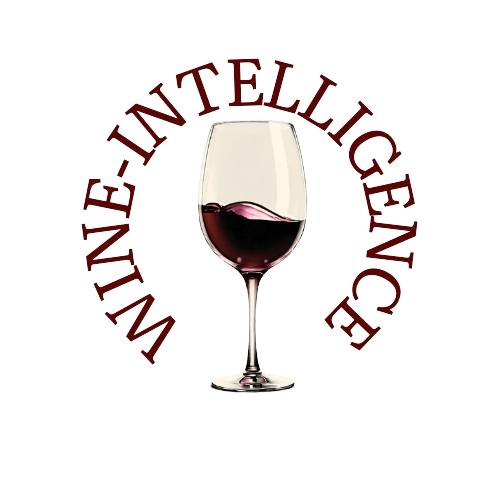The wine and alcoholic beverage industry in Europe is facing a quiet but costly threat — counterfeiting.
According to a recent report by the European Union Intellectual Property Office (EUIPO), fake alcoholic beverages inflicted an economic loss of EUR 2 billion across the 27 EU member states between 2013 and 2017. When factoring in the United Kingdom, the total loss climbs to EUR 2.29 billion, equating to 5.3% of total sales lost in the sector.
This illegal trade has not only impacted revenue streams but also led to significant job losses. The worst-hit countries include:
- Spain: EUR 380 million in lost sales, 1,126 jobs lost
- France: EUR 316 million in lost sales, 1,193 jobs lost
- Italy: EUR 302 million in lost sales, 648 jobs lost
- Germany: EUR 279 million in lost sales
These figures underline the fragility of the sector in the face of organised criminal activity and the urgent need for coordinated action.
The Bigger Picture: Health, Taxes, and Trust
Beyond financial damage and lost employment, counterfeit alcoholic products pose serious public health risks. Criminals often tamper with production processes, use unsafe materials, or refill genuine bottles with substandard liquids. This not only deceives consumers but also endangers their health.
The cost to governments is equally alarming. EUIPO estimates that EUR 2.068 billion in tax revenues were lost during the same period due to fake alcoholic beverages, funds that could have supported public services.
E-Commerce: A New Frontier for Fraudsters
The rapid growth of online marketplaces has opened new channels for counterfeiters. According to Europol’s 2025 Serious and Organised Crime Threat Assessment (SOCTA), digital platforms make it easier than ever to distribute fake goods—including wine and spirits—while remaining anonymous. Fraudsters manipulate labels, print fake certifications, and repurpose real bottles to sell counterfeit products.
Cracking Down: EU-Wide Operations and Seizures
Efforts to combat this surge in fakes have intensified. Opson, a joint operation between Europol and Interpol, seized EUR 91 million worth of substandard food and drink in 2024 alone. This included 22,000 tonnes of food and 850,000 litres of beverages, many of which were alcoholic.
In 2020, confectionery, pasta, biscuits, and crisps were among the most frequently seized counterfeit goods at the EU's external borders—second only to fake medicines and electronics.
What Consumers Can Do: Awareness and Action
EUIPO’s “What’s on the Table?” campaign, launched for World Anti-Counterfeiting Day (June 12), urges consumers to remain vigilant. The agency recommends:
- Buying only from official brand websites or certified retailers
- Checking for EU quality labels like PDO (Protected Designation of Origin), PGI (Protected Geographical Indication), and TSG (Traditional Speciality Guaranteed)
- Examining packaging closely for spelling mistakes, faded logos, or low-quality printing
- Using digital authentication tools such as QR codes and holograms
A United Front Against Counterfeits
João Negrão, Executive Director of EUIPO, stressed the campaign’s core message:
“Counterfeit food and drink products pose a serious threat to public health. Our campaign aims to provide consumers with the knowledge they need to protect themselves, while supporting legitimate businesses that respect EU quality standards. This is a battle we must fight together: authorities, producers and consumers.”
The call to action is clear: safeguarding authenticity in the food and beverage sector is not just about protecting profits—it’s about protecting people.
Source: WineNews

